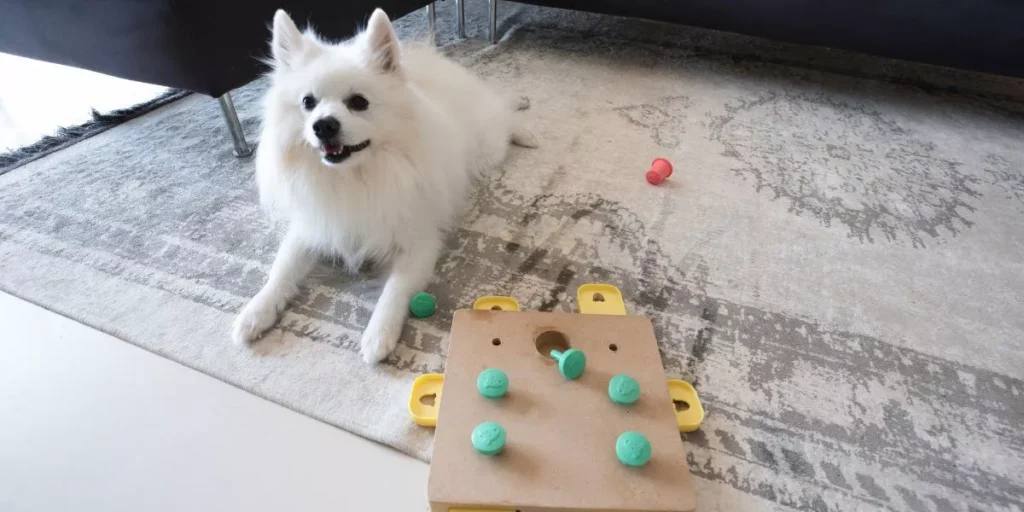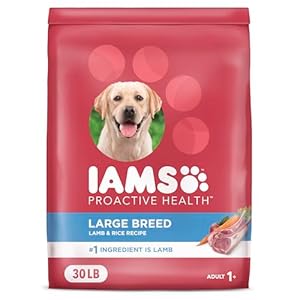
If you’ve noticed your senior canine companion struggling with mobility or showing signs of discomfort, consider this – orthopedic beds could be the solution you’ve been searching for. These specialized beds offer more than just a place to rest; they provide essential support to help alleviate joint pain and improve your aging dog’s quality of life. But how exactly do orthopedic beds work their magic, and what features should you look out for to ensure maximum benefit for your furry friend? Stay tuned to discover the transformative impact orthopedic beds can have on your aging dog’s well-being.
Advantages of Orthopedic Beds
When choosing an orthopedic bed for your aging dog, you’re providing crucial support to help alleviate joint pain and promote better sleep quality. These beds are designed with high-density foam that conforms to your dog’s body, offering optimal support for achy joints and muscles. The orthopedic properties help distribute your dog’s weight evenly, reducing pressure points that can cause discomfort.
One of the key advantages of orthopedic beds is their ability to improve your dog’s overall well-being. By providing a supportive surface, these beds help maintain proper alignment of the spine, which is essential for dogs, especially as they age and may experience arthritis or other joint issues. Additionally, the cushioning effect of orthopedic beds can help prevent calluses and sores, common among older dogs who spend a lot of time lying down.
Furthermore, orthopedic beds are often more durable and long-lasting compared to traditional dog beds. The high-quality materials used in these beds ensure that they maintain their shape and support over time, making them a worthwhile investment in your aging dog’s comfort and health.
Factors to Consider Before Buying
Considering the specific needs and preferences of your aging dog is paramount when evaluating orthopedic beds for purchase. Firstly, take into account your dog’s size and weight. A larger dog may require a bed with thicker padding to provide adequate support for their joints.
Next, consider the bed’s material. Opt for orthopedic beds with memory foam or medical-grade orthopedic foam, as they offer better cushioning and pressure relief. Additionally, look for beds with removable and washable covers to maintain cleanliness and hygiene.
Another crucial factor is the bed’s design. Some orthopedic beds feature bolsters or raised edges, which can provide extra support and a sense of security for your furry friend. Moreover, assess the bed’s firmness level to ensure it aligns with your dog’s comfort needs.
Lastly, think about the bed’s location within your home. Choose a spot that’s quiet, warm, and easily accessible for your aging dog. By considering these factors before making a purchase, you can provide your beloved pet with a comfortable and supportive sleeping environment.
How Orthopedic Beds Aid Recovery
An orthopedic bed’s supportive features can aid in your aging dog’s recovery by promoting proper alignment and reducing pressure on their joints. These beds are designed to provide firm yet cushioned support, which can be particularly beneficial for dogs recovering from surgery, dealing with arthritis, or experiencing joint pain.
By distributing your dog’s weight evenly, orthopedic beds help alleviate pressure points, allowing for better blood circulation and improved healing. The memory foam or supportive foam used in these beds molds to your dog’s body shape, offering customized comfort and reducing discomfort during recovery.
Additionally, the elevated edges of some orthopedic beds can provide a sense of security and prevent your dog from accidentally rolling off the bed, especially if they’re disoriented or groggy from medication.
Tips for Transitioning to Orthopedic Beds
Ease your aging dog into their new orthopedic bed by gradually introducing them to the comfort and support it provides. Start by placing the orthopedic bed in a familiar and cozy spot where your dog likes to rest. Encourage your furry friend to explore the bed by placing some of their favorite toys or treats on it. You can also lay down a familiar blanket or piece of clothing with your scent to make the bed more inviting.
Once your dog shows interest in the bed, gently guide them onto it and offer praise and affection. It’s essential to make the transition a positive experience to help them associate the bed with comfort and relaxation. If your dog seems hesitant at first, be patient and give them time to adjust. Avoid forcing them onto the bed as this can create a negative association.
As your dog becomes more comfortable with the orthopedic bed, gradually increase the amount of time they spend on it. Monitor their behavior to ensure they’re enjoying the new bed and getting the support they need for a good night’s sleep.
Maintenance and Cleaning Guidelines
To keep your aging dog’s orthopedic bed in optimal condition, regularly follow maintenance and cleaning guidelines.
Start by vacuuming the bed weekly to remove dirt, hair, and debris that can accumulate over time. Use a pet-safe detergent to spot clean any stains promptly, ensuring they don’t set in.
For deeper cleaning, most orthopedic beds come with removable, machine-washable covers – be sure to follow the manufacturer’s instructions for washing and drying to maintain the bed’s integrity.
Additionally, rotate the bed periodically to prevent uneven wear and tear, prolonging its lifespan. Consider using a waterproof mattress protector to shield the bed from accidents or spills, adding an extra layer of protection.
Lastly, inspect the bed regularly for any signs of damage or wear, such as loose seams or flattened padding, and address these issues promptly to keep your aging dog comfortable and supported.
Pet supplies














